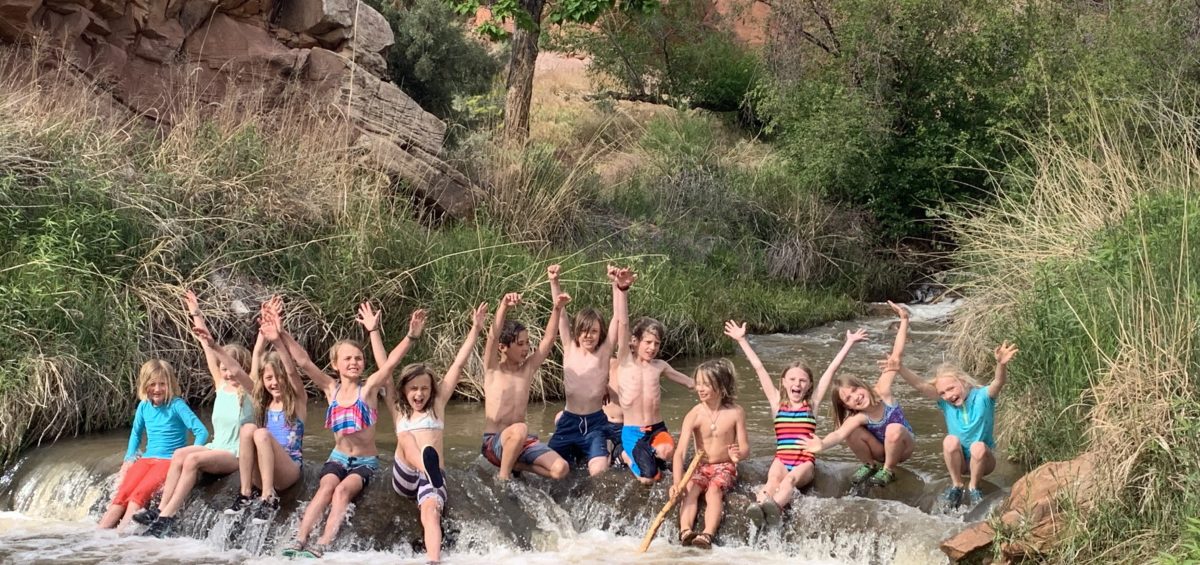Ironically, the hot and dry climate of the desert is defined by water. Water has shaped the landscape and influenced the adaptations of the plants and animals that live there. On this year’s third and fourth-grade spring experiential trip, students set out to Moab, Utah to explore the influence of water on the desert in connection to their watershed, water cycle, geology, and animal adaptations science studies.
The students were in the field for four days and three nights. On their way to Utah, students stopped in Paradox Valley and were challenged to put their geology knowledge to work in piecing together how the valley was formed.
Once in Utah, the students worked with the Canyonlands Fields Institute (CFI) where they worked alongside a field scientist to learn more about the ecosystem within a desert pothole and the macro-invertebrates that live there. CFI also guided the group on the Moab Daily section of the Colorado River. This day trip provided an opportunity for students to connect with the power of water. Students also had an opportunity to see other types of erosion at work in Arches National Park. While hiking in the Devil’s Garden section of the park, students enjoyed having time to sketch, journal and paint in the desert landscape while hypothesizing about how the arches were formed.
In connection with the core values of Telluride Mountain School, students volunteered at the Youth Garden Project where they cleaned up garden beds, planted vegetables and learned about sustainable farming practices. Upon their return to school, students were excited to share stories with their families and the TMS community about their adventures in Moab.
~Caitlin Orintas
3/4 Grade Teacher and Trip Leader





Leave a Comment